Stories
CEO blog: People are the Heart of Humanitarian Aid
Twenty-two years ago, I set foot on the soil of war-torn and famine-stricken Sudan. That was my first humanitarian mission, and there has been no looking back ever since. Over the years, I have been involved in responses to major emergencies around the world, including the Asian tsunami and the Syrian crisis in the Middle East.
One of the main lessons I have learned over more than two decades of humanitarian aid is that despite every crisis being different, aid efforts are most effective when you put the people in need at the centre of the work.
Why it Can Be Difficult to Put People First
Putting people first sounds easy and logical on paper, but my experience with responding to disasters and conflicts has shown me otherwise. There is so much pressure to respond rapidly when an emergency occurs, coupled with an often chronic lack of funding for the response. When time and money are lacking, taking a personalised approach that focuses on the individuals who are affected by crisis is not easy.
As the number of people in need has increased massively over the past years, the humanitarian aid system has grown as well and risks reflecting the nature of a corporate industry, a so-called ‘aid industry.’ My concern is that funding and projects are becoming more important than those we aim to serve.
Yet the heart of aid is not money, health services, water, sanitation, or shelter – it is people. That’s why I believe that we in the humanitarian aid sector need to go back to the basics, and make sure that the people in need, our raison d’être, drive our interventions.
Here are 5 ways to ensure that people remain at the heart of humanitarian aid:
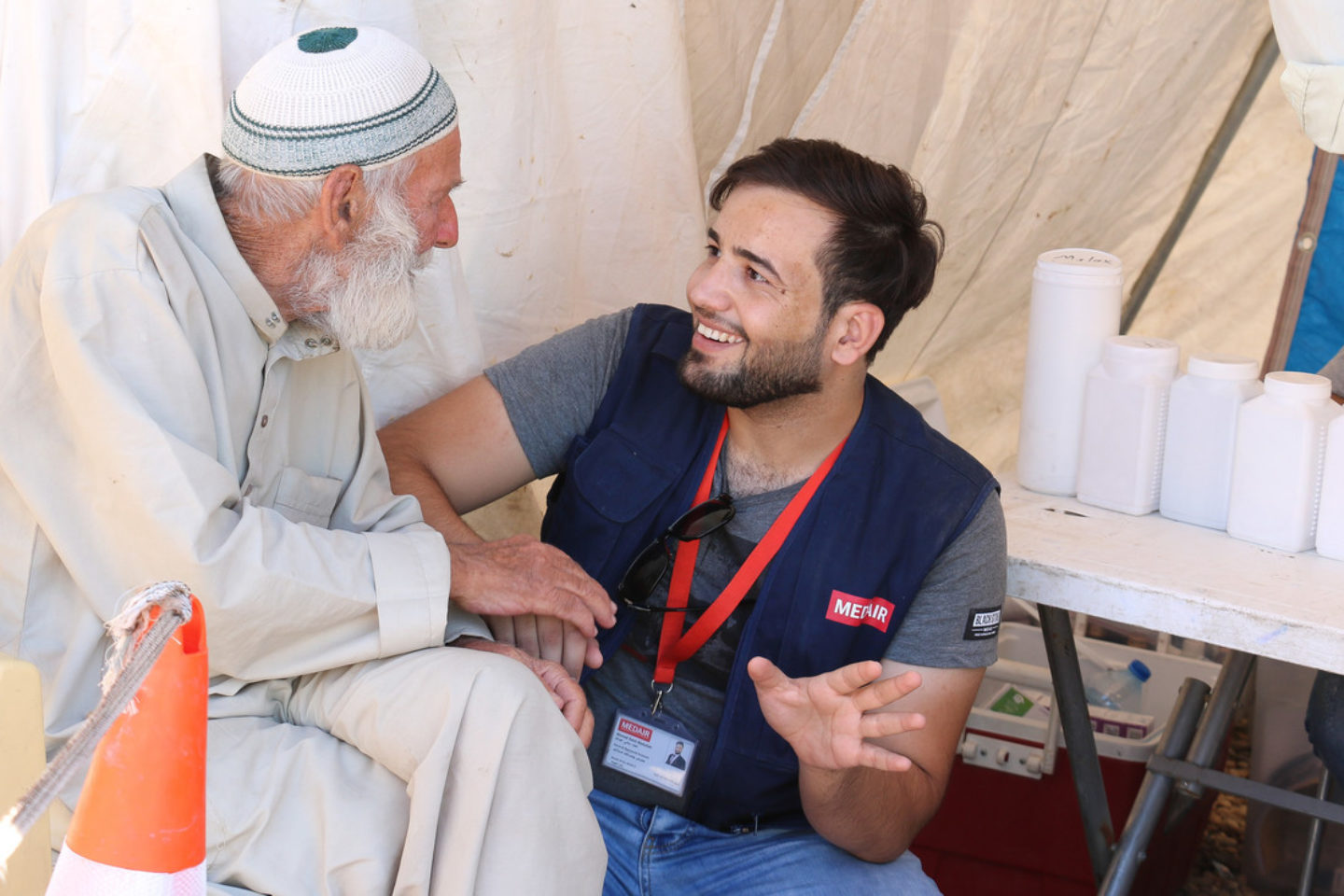 Medair pharmacist Mohammad talks to 79-year-old Waded who together with his wife fled fighting in Iraq.
Medair pharmacist Mohammad talks to 79-year-old Waded who together with his wife fled fighting in Iraq.
1. Upholding Dignity
Putting people at the heart of the work means that a humanitarian organisation cannot simply be a delivery channel of supplies, resources, and knowledge. Dignity is at the core of a people-focused approach. Even when large populations of people require relief, we can uphold people’s dignity by tailoring our assistance to people’s needs and giving them ownership over how to use the aid they receive.
Multi-purpose, cash-based assistance is a powerful example of this. Cash assistance allows families a dignified way to pay for their rent, food, or health care costs and to make decisions that meet their most urgent needs. It gives people the power of choice instead of others deciding for them.
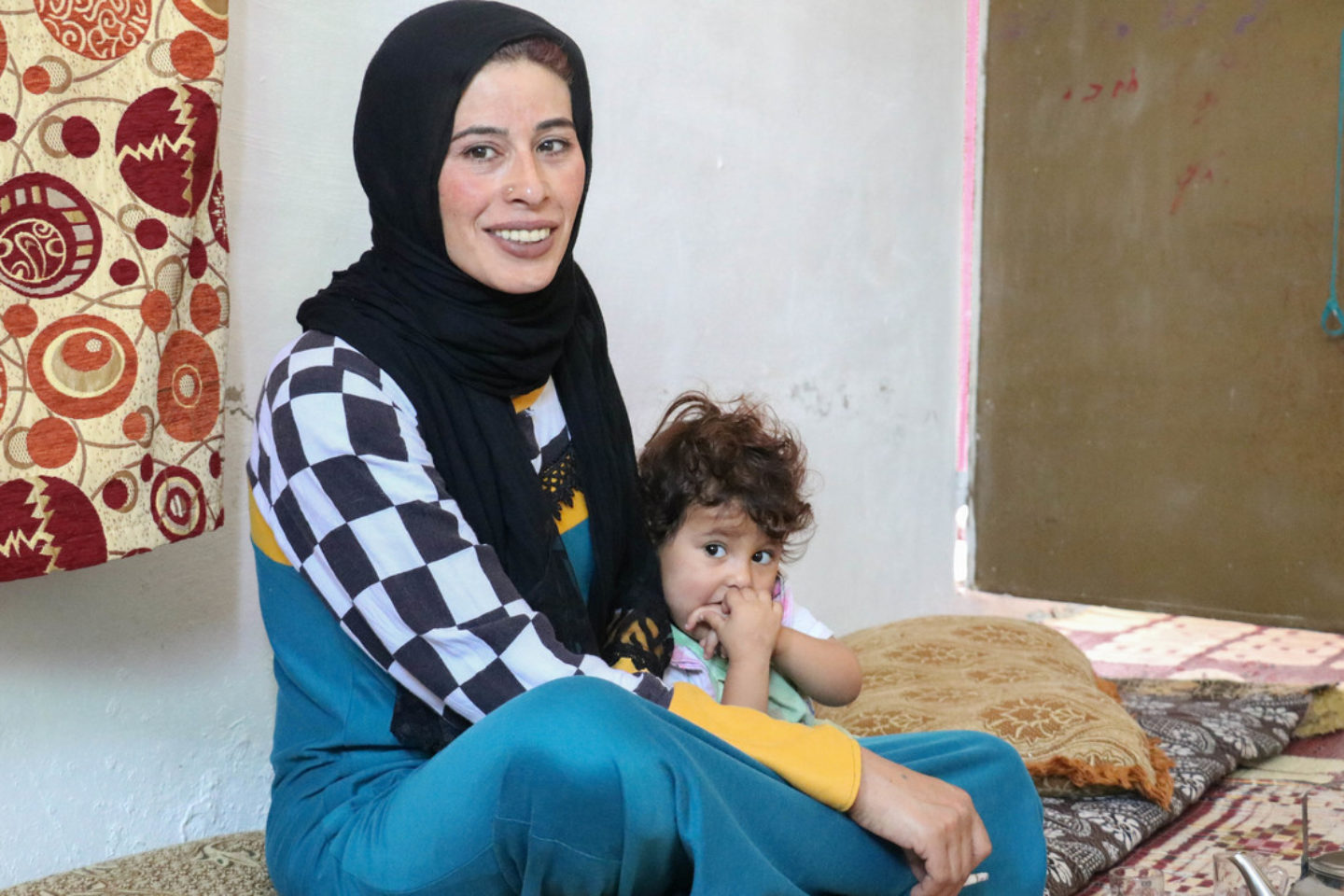 Sabta, a widowed mother of five and recipient of cash assistance, sits with her son inside her house in Mafraq, Jordan
Sabta, a widowed mother of five and recipient of cash assistance, sits with her son inside her house in Mafraq, Jordan
2. Committing to Quality and Accountability
People-centred aid is also about quality and accountability. We need to continuously ask people for feedback on our services, respond to criticisms, and keep investing in new, innovative ways to better serve people. We need to consult closely with communities, including them in decision-making, and in the design, implementation, and monitoring of projects.
Last year, I visited our post-earthquake reconstruction project in Nepal. I was thrilled to see how Medair and our local partner CDS had worked closely with the community before getting started on the project, leading them to adapt a traditional Nepalese labour-sharing practice called armah parmah into all of the home reconstructions. It’s a great success story of a recovering community: the people have felt valued, their traditions have been honoured, and the results of the joint community work have exceeded all expectations.
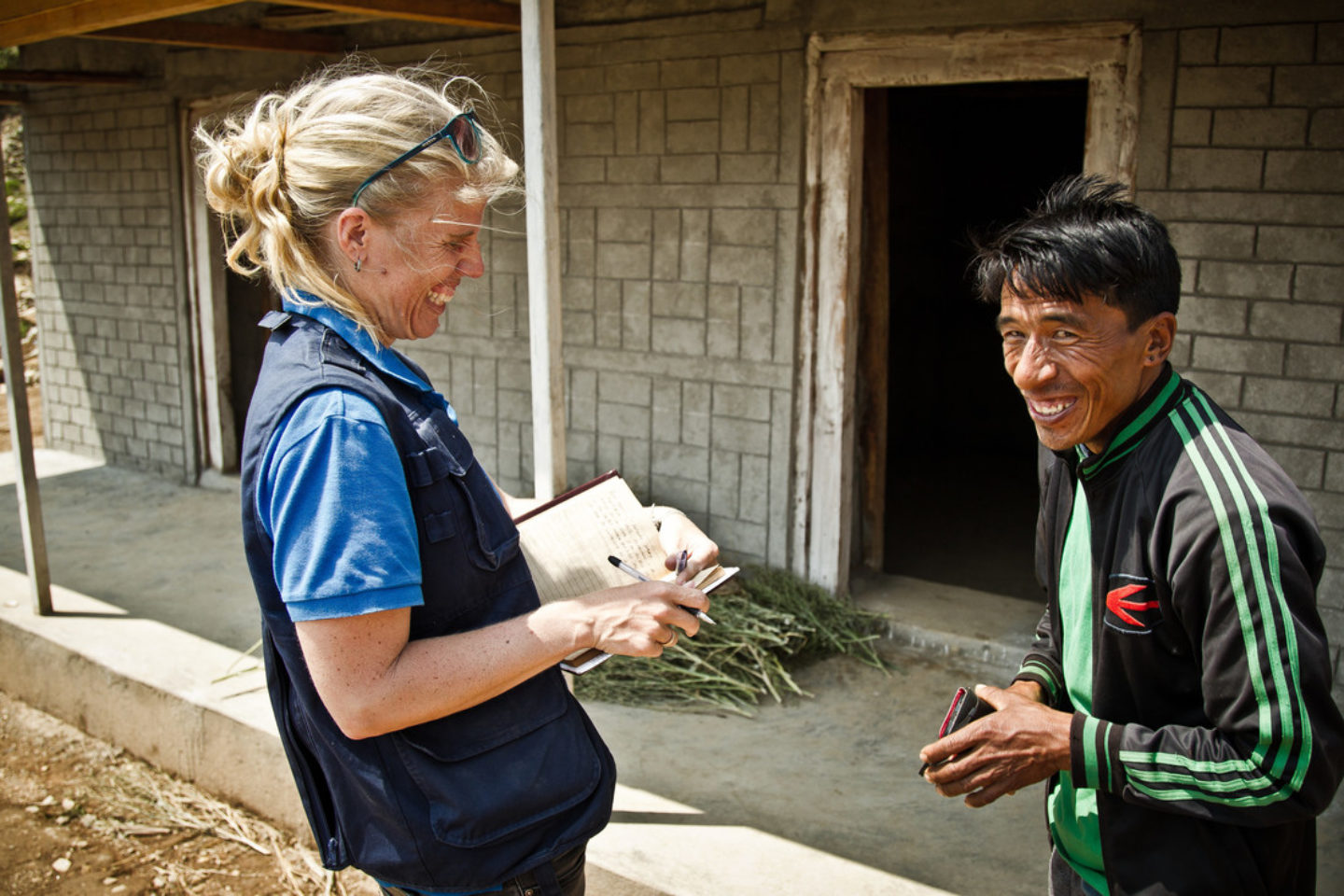 Medair staff member Wendy talks to Gram Bahadur Tamang in front of his new earthquake-resilient house in Nepal
Medair staff member Wendy talks to Gram Bahadur Tamang in front of his new earthquake-resilient house in Nepal
3. Reaching the Hardest to Reach
Putting people first also means reaching out to people in need, regardless of who they are or where they are. In the 2018 World Disasters Report, the International Federation of the Red Cross calls on the international community to leave no one behind in humanitarian aid efforts–even if it’s difficult to reach them. The most vulnerable in crises are often the hardest to reach but this shouldn’t stop us from reaching out to them. Their needs determine our response, not the obstacles that we might encounter on our way to meet those people.
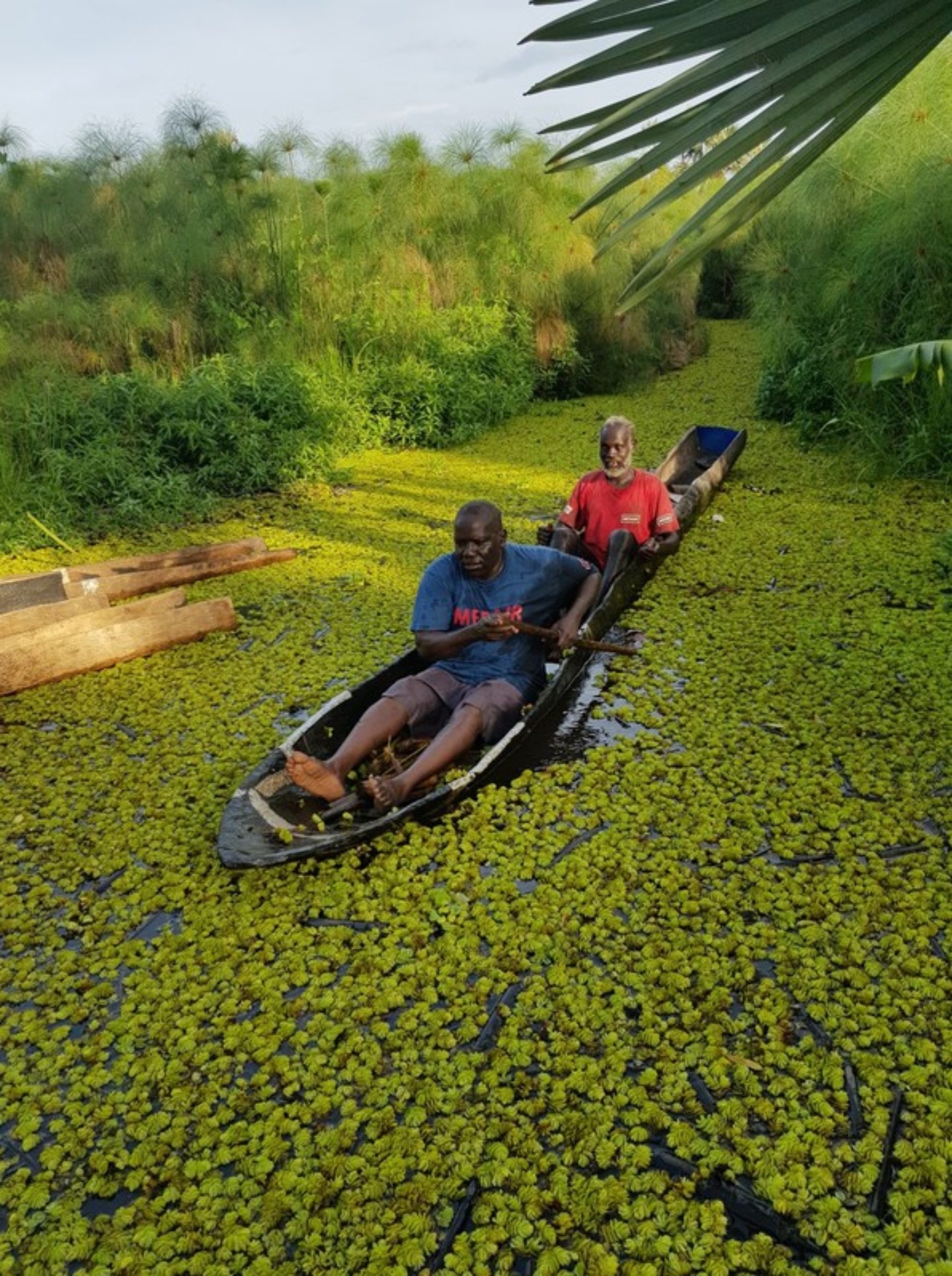 In South Sudan, Medair’s teams often wade and canoe for hours through the swamps to reach displaced communities and provide them with life-saving assistance.
In South Sudan, Medair’s teams often wade and canoe for hours through the swamps to reach displaced communities and provide them with life-saving assistance.
4. Seeing the “Human” in our Interactions
People-focused aid goes beyond providing physical aid. You need to take the time to listen, to hear people’s unique stories, to comfort them, to laugh and cry together, and above all to learn from them. When I recently visited Medair’s Rohingya refugee response in Bangladesh, I was touched to see the life-saving impact of humanitarian aid, but what moved me even more were all the people coming to me saying, “Thank you for seeing us and listening to our stories.” It is crucial that we let people know that we care, that their lives and stories matter, and that we value their opinions and input.
Here’s how one of my Medair colleagues beautifully describes this kind of people-focused aid:
“It’s the difference between air-dropping blankets from a C-113, and being on the ground and seeing somebody’s distress and need, and handing them that blanket while you look them in their eyes. It’s this reaching out to the human spirit, recognising people for who they are, and giving value to them, that makes our work different.
“You can do humanitarian aid without giving value to people. You can just say it’s a numbers game, and you can have all sorts of motivations for being involved, and can see communities as just a means of reaching your targets. Or you can view them as living, breathing creations of God. If I were one of those people, I know who I would rather interact with a person. That’s a very difficult thing to measure or nail down. Where it exists, it’s a fundamentally good thing.”
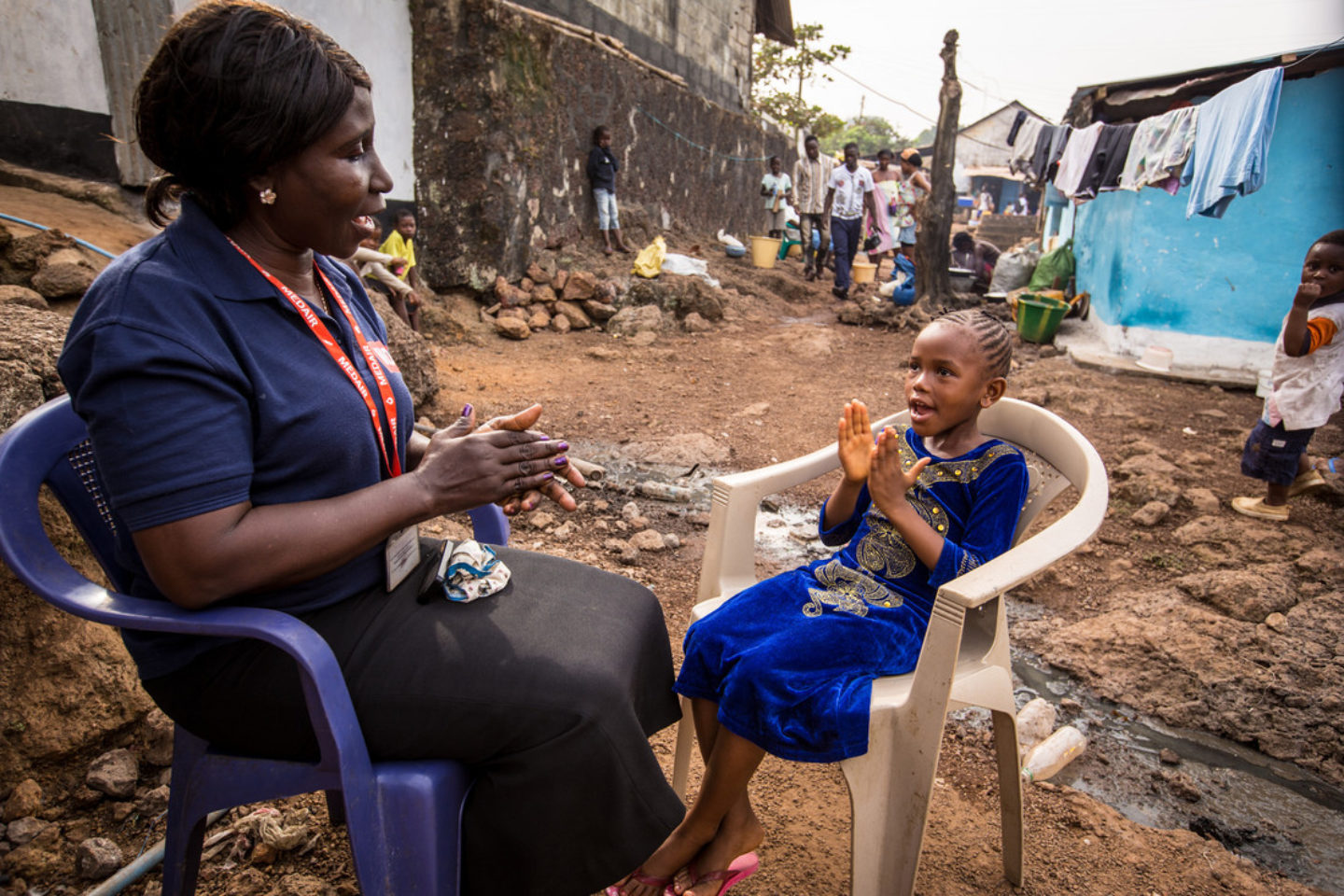 5-year-old Marion, Ebola survivor from Medair’s Ebola Treatment Centre in Sierra Leone (2015), plays with Medair Psychosocial Team member, Christiana ©Medair/Michael Duff
5-year-old Marion, Ebola survivor from Medair’s Ebola Treatment Centre in Sierra Leone (2015), plays with Medair Psychosocial Team member, Christiana ©Medair/Michael Duff
5. Communicating People’s Full Stories
In addition, people-centred aid is not only about the direct interaction with the people living in crisis, it is also about how we communicate about those we serve. Downsizing recipients of aid to images of poverty and disaster might work well to prompt empathy among our audiences, but it strips them of all dignity. In our communications, we should give the people in crisis a platform to share their stories. We should not only show the often devastating situations they are living in. They are much more than that. They are amazingly strong and resilient people with unique hopes and dreams that need to be heard as well. Our communications should tell aid stories responsibly and raise the voice of those we serve; that’s people-centred aid as well.
Our First and Last Consideration
The “aid industry” may force us to look at funding, budgets, offices, pipelines, and caseloads – but humanitarian aid is about much more than meeting indicators and monthly targets. This is not easy and it never will be. It requires an openness to feedback, a constant drive to improve our services, to be vulnerable and honest, and to take time to listen to people’s stories and feedback and understand their broader context. Our first and last consideration in humanitarian aid should always be the lives of the people in need. We need to uphold the dignity of people and seek to empower them as they carve out a life for themselves during a challenging time. That’s what this work is all about, and that’s why I am still just as engaged and motivated as I was that first day, 22 years ago, when I stepped off the plane onto the tarmac in Sudan.
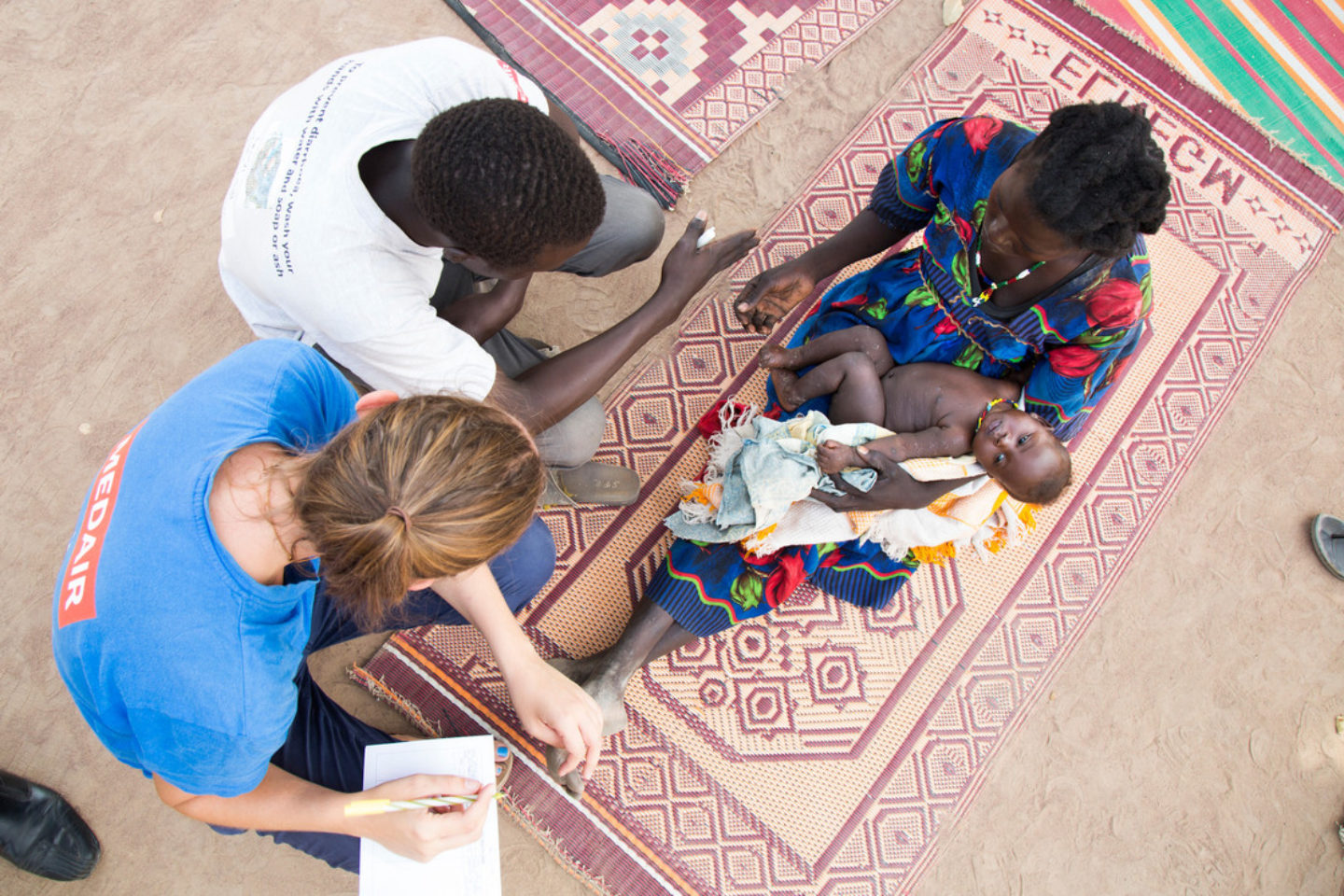 Medair staff examine Angara Kiir at an Emergency Malaria Treatment Centre in South Sudan. ©Medair/Albert Gonzalez Farran
Medair staff examine Angara Kiir at an Emergency Malaria Treatment Centre in South Sudan. ©Medair/Albert Gonzalez Farran
